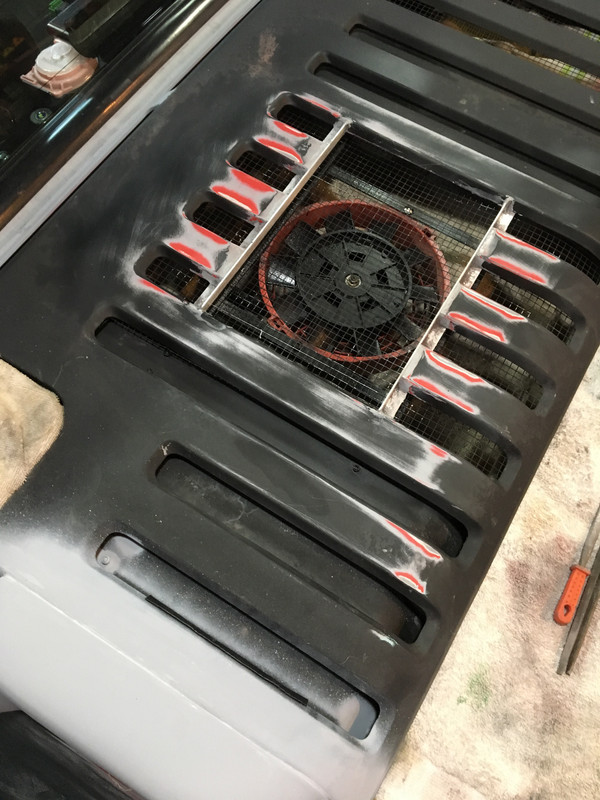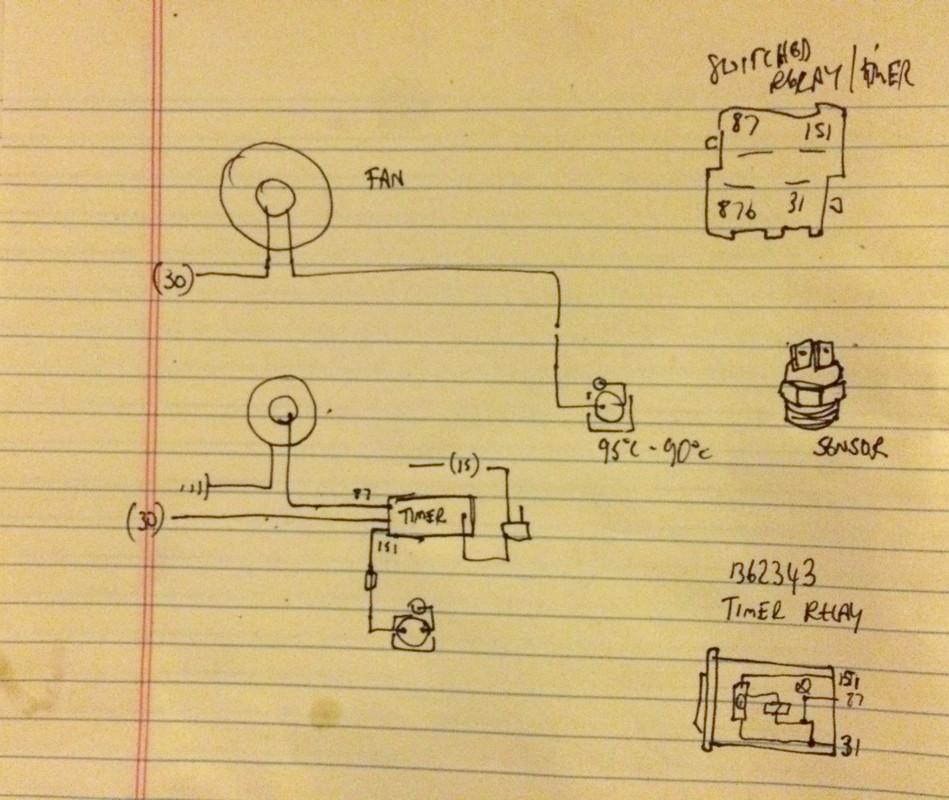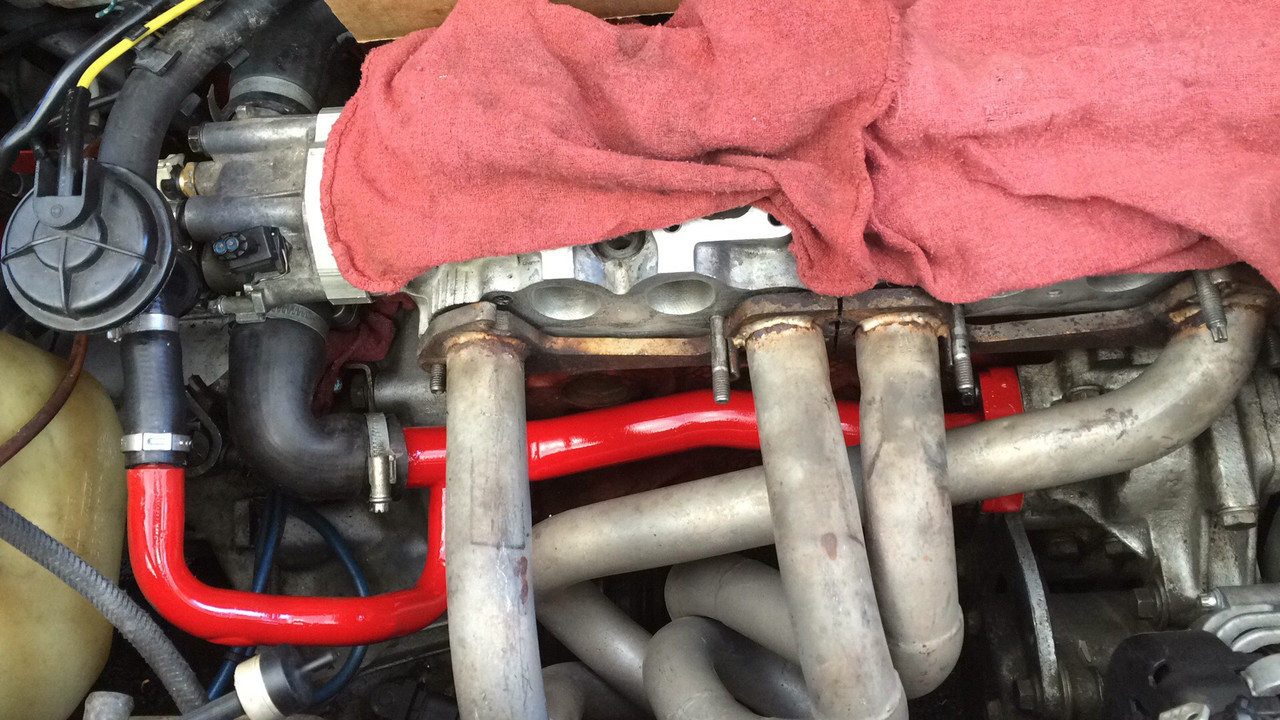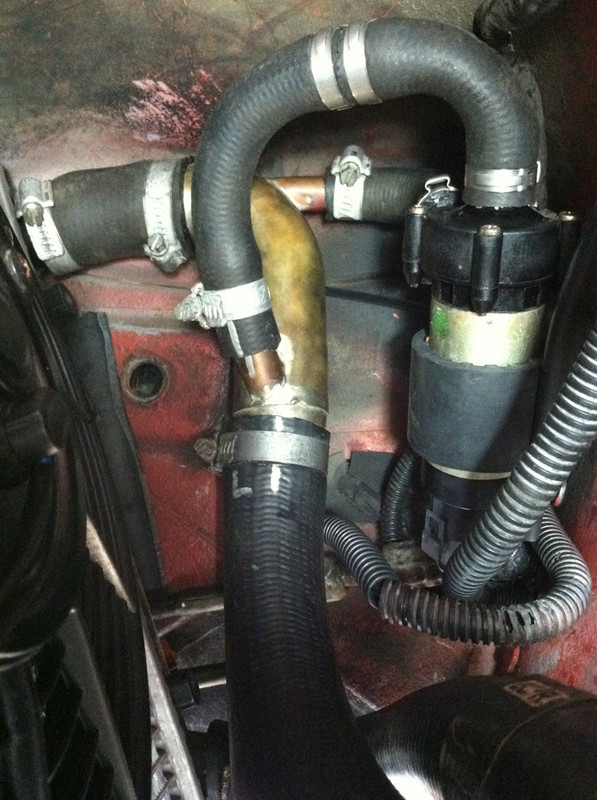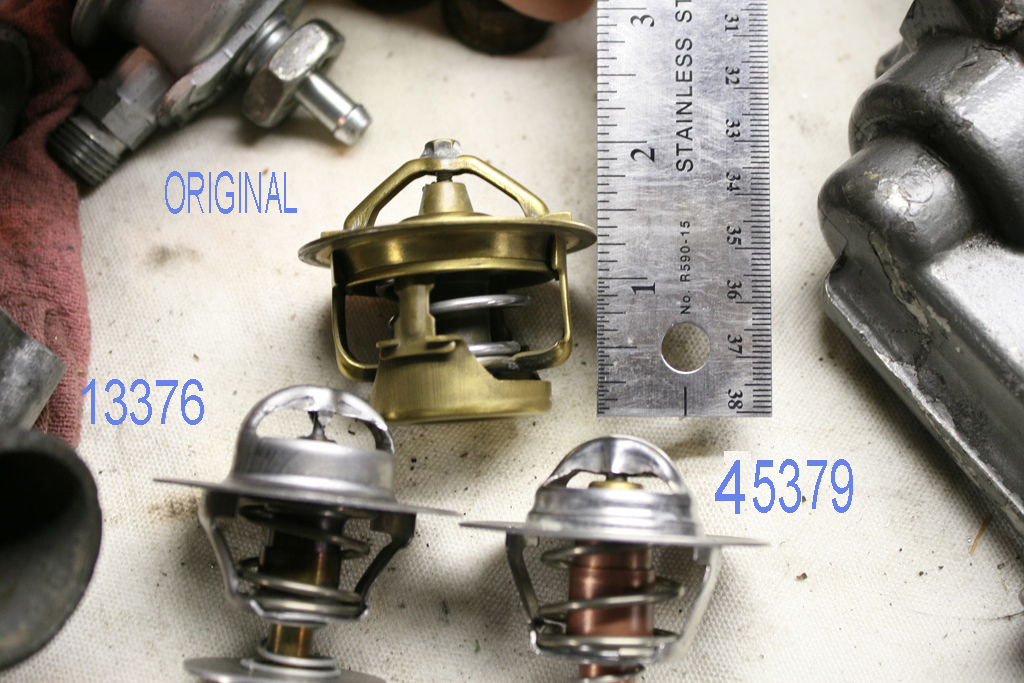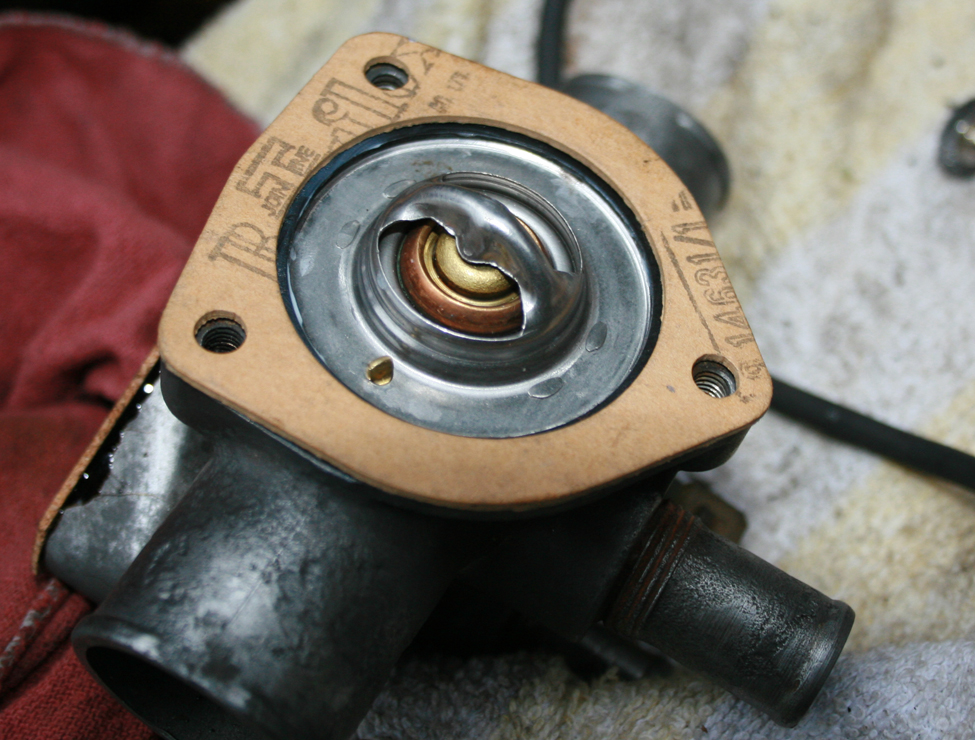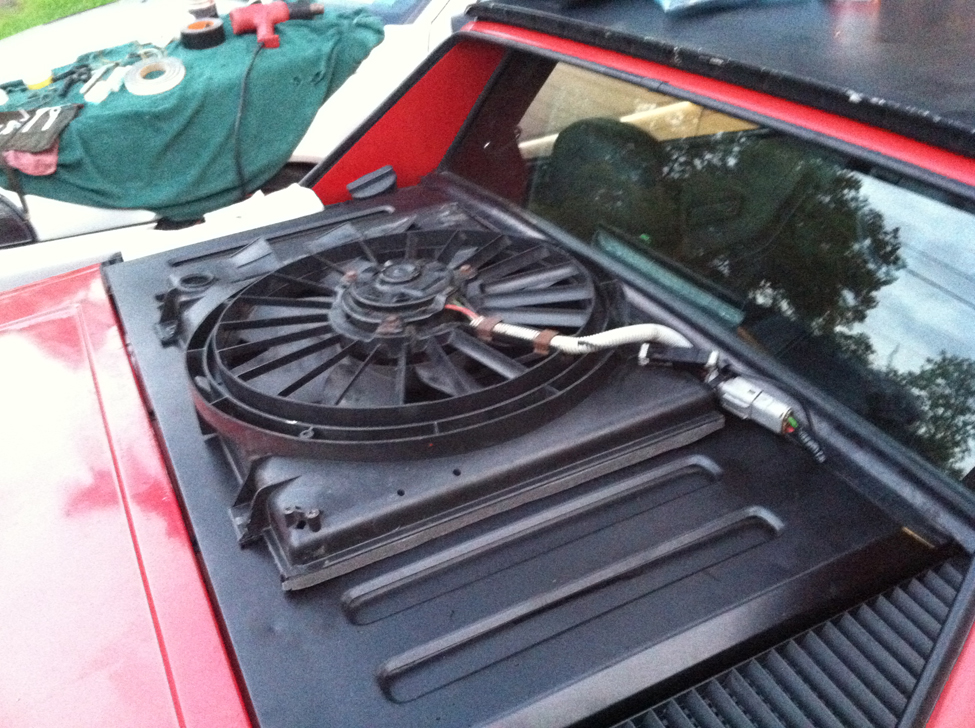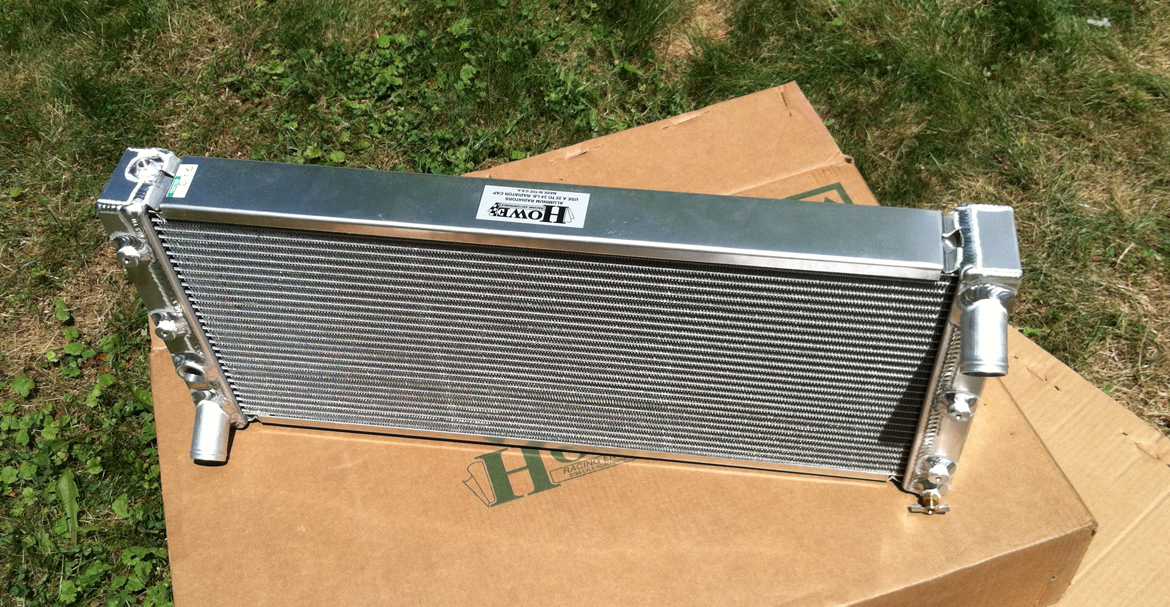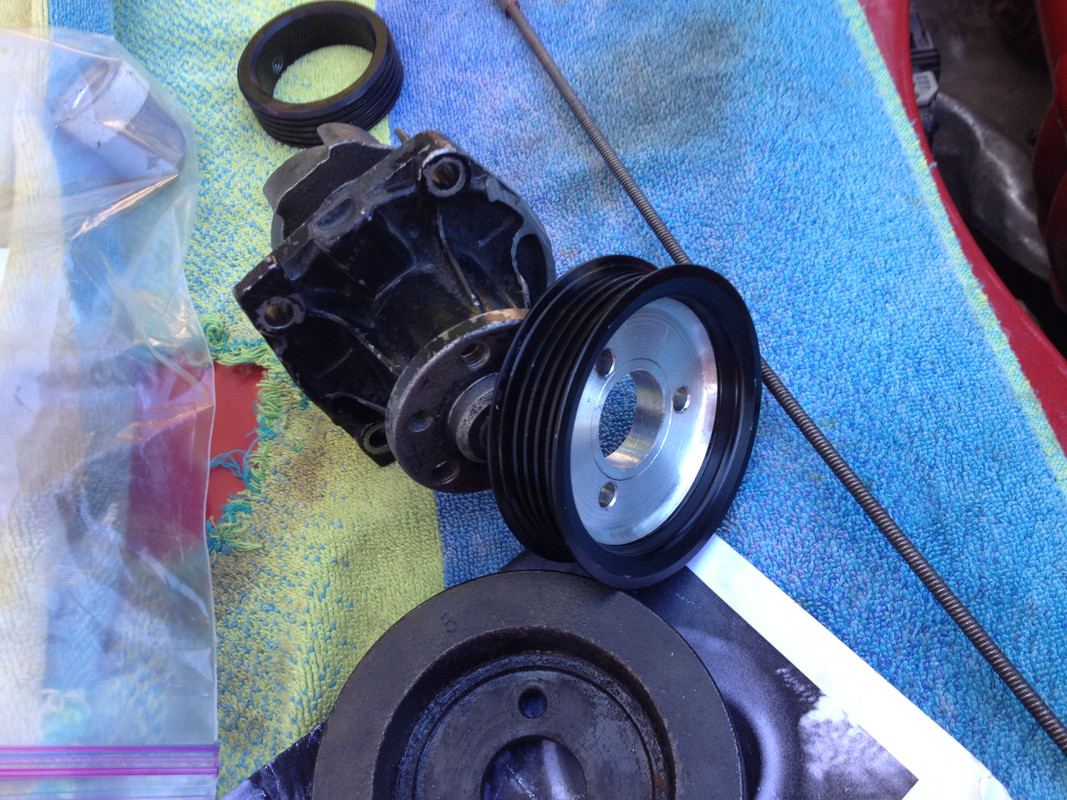kmead
Old enough to know better
This thread is from a tangent taken by myself and Hussein in another thread. Rather than drag that one further off track, this thread is to discuss the subject of how our cars tend to heat up noticeably after getting off the highway and then sitting at a light idling.
To which Hussein said:
Sorry to continue the tangent, honestly don’t think it is a heat soak issue.
I think the issue is primarily the idle speed driven capacity of the water pump. At low engine speed the pump is not moving enough coolant to move the heat reservoir in the engine mass which has been running at 4K for miles to the radiator. The radiator and the fan(s) can keep the temp down and you will see that if you rev the engine at 2k while stopped which ensures enough flow through the radiator of the hot coolant out of the engine and the cooled coolant back to the engine.
A secondary pump which could be tipped to run when at idle only by the TPS controlling a relay would ameliorate this tendency. Bob Brown installed his for just their reason oh so long ago in the Which brings us to why cars are moving to electric coolant pumps in general so that cooling can be kept in a tightly controlled range. One of our members has one in his 1.9 without a thermostat to manage the temperature. It would be good to see what his experience is especially since his car can blast down the Autobahn and then have to come to a halt for lengthy periods in traffic.
My car either has a lazy sensor or it cools too well, rarely does my car get to 190, the last time was when I found out my fan sensor wasn’t working at an autox so I hot wired it which brought the temp down nearly immediately with a little revving of the engine.
kmead said:To get around the potential issues with undersizing of the pipes you could add a helper electric pump on the return line near the radiator. Bob Brown did this on the ‘Queen’ to serve as an assist. I suspect the images are gone from that thread but basically one of the Bosch pumps used as a secondary pump on various German cars. They run 60-90 bucks on eBay.
To which Hussein said:
Going off on the tangent - The 'problem' I have even with increased impeller speed, oversize rad, original model T/stat, baffled expansion tank, etc., etc., is that coming to a stop after a period of at least 15min highway speed results in a estimated 10-20ºF increase in engine temp (based on gauge deflection) when ambient temps are 70 or above. Drops back immediately when moving. SInce it never actually goes over 'normal" that's not really an issue, however, it shouldn't do that - I feel my butt clench anytime that needle tips the 190º mark
Based on the evidence, I'd say it has to be rapid heat soak from the lack of air circulation that the cooling system just can't respond to, given the overall design, distance of rad from motor, etc.. I added the engine bay vent fan(in lid) to suck out that heat soak, but haven't resolved the automated engagement satisfactorily. I need to add a manual switch to confirm that engaging the fan immediately when coming to a standstill resolves the issue.
Sorry to continue the tangent, honestly don’t think it is a heat soak issue.
I think the issue is primarily the idle speed driven capacity of the water pump. At low engine speed the pump is not moving enough coolant to move the heat reservoir in the engine mass which has been running at 4K for miles to the radiator. The radiator and the fan(s) can keep the temp down and you will see that if you rev the engine at 2k while stopped which ensures enough flow through the radiator of the hot coolant out of the engine and the cooled coolant back to the engine.
A secondary pump which could be tipped to run when at idle only by the TPS controlling a relay would ameliorate this tendency. Bob Brown installed his for just their reason oh so long ago in the Which brings us to why cars are moving to electric coolant pumps in general so that cooling can be kept in a tightly controlled range. One of our members has one in his 1.9 without a thermostat to manage the temperature. It would be good to see what his experience is especially since his car can blast down the Autobahn and then have to come to a halt for lengthy periods in traffic.
My car either has a lazy sensor or it cools too well, rarely does my car get to 190, the last time was when I found out my fan sensor wasn’t working at an autox so I hot wired it which brought the temp down nearly immediately with a little revving of the engine.

